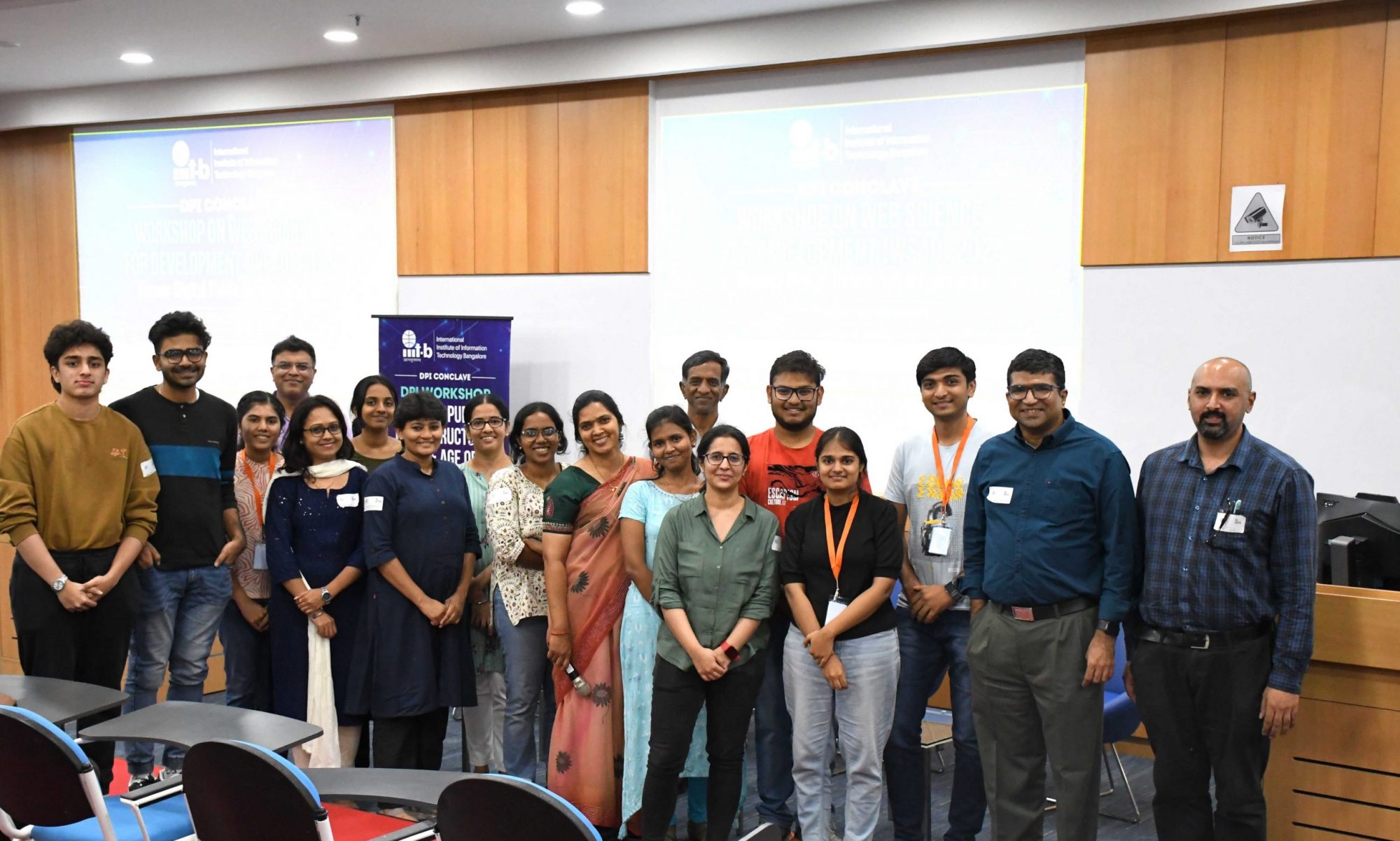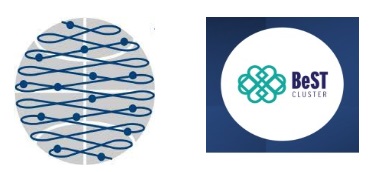Autonomous Vehicles (AVs) are expected to have the potential to impact urban mobility by providing increased safety, reducing traffic congestion, mitigating accidents and reducing emissions. Since AVs operate with little or no human intervention, it is very essential to perceive the external world and understand different objects and their relationships in the scene, and respond appropriately. For doing this effectively, AVs need to be trained on a variety of traffic situations and appropriate responses to them. Behavior of vehicular traffic varies widely from one part of the world to another. An AV trained for traffic conditions in one part of the world may not be effective, or worse, even be risky in some other part of the world. Autonomous driving in developing countries like India is extremely challenging mainly due to unstructured driving environment which includes diverse traffic participants, erratic driving patterns and improper road infrastructure. So, there is a need for collecting or creating Indian driving datasets, understanding complex Indian traffic behavior and identifying various events in the scene. Event detection is critical for autonomous driving systems to enable vehicles to perceive and interpret their surroundings accurately as well as to make informed decisions. The main goal of our work is to understand heterogeneous and complex driving scenario in India from autonomous driving viewpoint by identifying disparate events and describe the scene using natural language descriptions to aid semantic scenario search
Funding Agency:
Siemens Technologies and Services Private Limited (STSPL)
Publications:
Bhoomika, A. P., Srinath Srinivasa, Vijaya Sarathi Indla, and Saikat Mukherjee. “Vector Based Semantic Scenario Search for Vehicular Traffic.” In International Conference on Big Data Analytics, pp. 160-171. Cham: Springer Nature Switzerland, 2023.
Team Details:
- Bhoomika A P (PhD Research Scholar)
- Prof. Srinath Srinivasa (PI)
Project Students:
- Vidish Trivedi
- Sasank Karamsetty
- Dhanvi Medha Beechu
- Swetha Murali
- Ankita Agrawal
- Somesh Awasthi
Interns:
- Yashasvi Virani
- Nayan Radadiya


